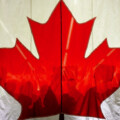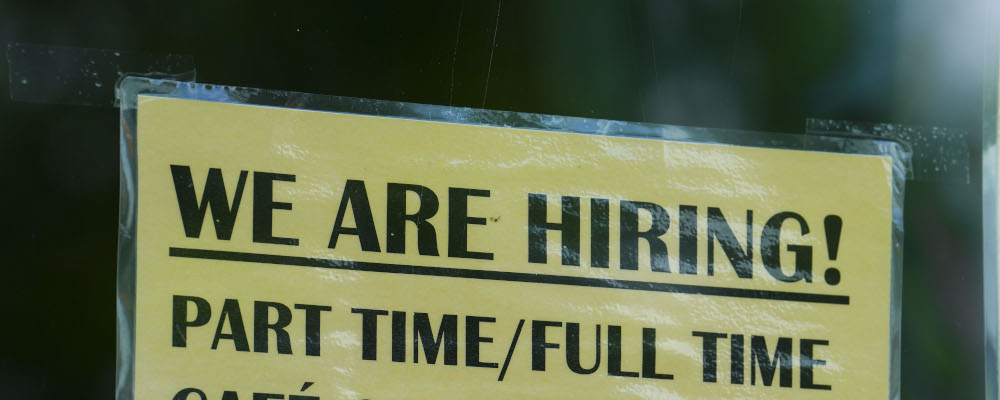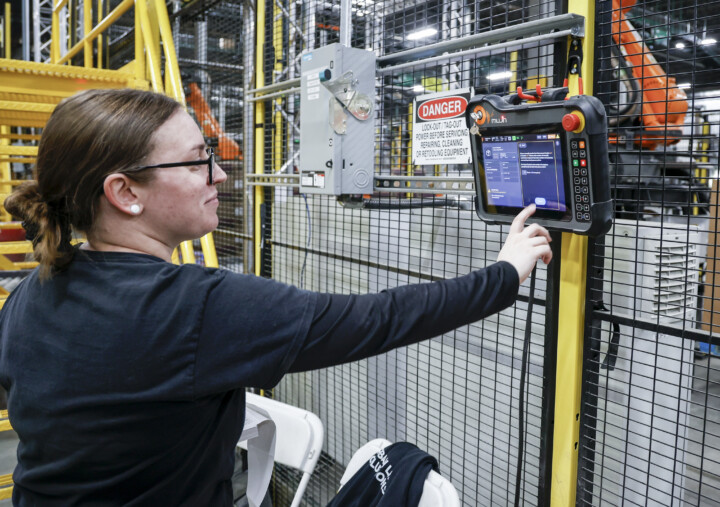“The whole world is short-staffed—be kind to those that showed up,” reads a sign outside an Ottawa doctor’s office. It’s a sign of the times.
Labour shortages are common today, but none have received as much attention as child care.
The success of the Trudeau government’s Canada-wide early learning and child care plan (sometimes described as its “national daycare plan”) hinges on parents actually gaining access to subsidized spaces. Nationally, there are licensed spaces for only roughly 30 percent of Canadian children, and licensed care is the only kind included in the $10 per day plan.
That means spending billions and finding that existing spaces can’t be filled due to staffing shortages isn’t a good look.
And forget about expansion—the YMCA Canada reports a staffing shortage so severe even children currently enrolled cannot attend. In a March 2023 briefing to the federal committee studying child care legislation, the YMCA wrote that it’s missing “419 staff to meet current registrations, 1,427 staff to return to pre-COVID operating capacity, 2,869 staff to move to licensed capacity and 3,442 to expand beyond licensed capacity by 20 percent.”
Yet not every daycare is reporting shortages, and where they are, increasing wages and benefits is not viewed as a panacea. Parent groups, child care associations, daycare owners, and early childhood educators are talking about solutions beyond money.
If you understand “child care as the care of a child no matter who does it,” then there is no labour shortage at all, said Helen Ward, who leads Kids First Parent Association.
“There is a huge early learning and child care labour supply. All kids, with a minority of exceptions, are currently actually in child care,” said Ward. “There are more healthy grandparents/elders and fewer young kids proportionally than ever before… Grandparents and aunties are key in Indigenous cultures as in other ethnic groups, and all are ignored and sidelined by an official definition of child care as including only licensed daycare.”
Ward’s definition may better reflect family practice across Canada. It is not, however, remotely acceptable amongst some child care activists, and by extension, politicians and policymakers. For them, child care is done by credentialed professionals.
Carolyn Ferns of the Ontario Coalition for Better Child Care advocates this dominant narrative. Her group’s solution to staffing shortages lies primarily in improving wages and benefits.
“Our position is there should be a provincial child care workforce strategy that includes a provincial salary scale for ECEs and child care workers,” said Ferns. “I believe recruitment strategies that focus on training and hiring more ECEs will not work until we deal with the retention crisis. The two things should ideally happen in tandem, but wages are a key piece of both recruitment and retention.”
They’re asking that salaries start at $30/hour for registered ECEs and $25/hour for non-registered ECE staff.
Wages may be key but they’re not the only thing bringing people to work. Another important factor is flexibility, something Robert Southam, who runs two daycares in B.C.’s Okanagan, has discovered.
He solved his staffing issues by not seeking credentialed ECEs. Instead, he hires for fit and aptitude and offers paid on-the-job training.
“The wage argument is an old school mentality, a legacy demand that has lost some of its relevance with the current workforce that really wants flexibility,” he said.
When he runs his ads, he gets “a barrage of applicants.” These include young women between jobs, highly educated foreign applicants looking to establish a career in Canada, or a 29-year-old mom, who is currently working minimum wage, evenings and weekends.
“Our offer is, for them, a lot better than what they are currently doing,” said Southam.
For him, a mandated wage grid would kill jobs. He has budgeted four educators whereas B.C. legislation only requires three. “If my ten-year educator is getting $27/hour and if the wage grid comes in and says you have to pay her $32, I can no longer afford to have four educators,” he said.

Data collected by the College of Early Childhood Educators, Ontario’s ECE regulator, also points to attrition for reasons beyond wages. For ECEs who’ve resigned, almost half (49 percent) cite “no longer working in the ECE field” as a reason. Retirement comes next at 17 percent. But a significant 12 percent have moved to another province or country. This speaks to a need for immigration reform.
Anny Nasser, an Ontario daycare owner, has lost staff to other provinces.
“There’s a lot of staff who come in and move to other provinces because it’s favourable immigration-wise. I’ve had two staff leave because of that. One moved to Nova Scotia and one moved to B.C.,” she says. “I will say I’ve never had staffing issues until post-COVID.”
Andrea Hannen, executive director of the Association of Day Care Operators of Ontario, hopes for a “whole government” approach to labour shortages. This means the involvement of several ministries.
Although the ministry of education already provides tuition assistance, she encouraged the ministry of labour to help international students work across the province and the ministry of colleges and universities to help existing daycare workers get ECE qualifications.

For Hannen, wages and benefits are not the sole answer, either.
“Benefits are definitely an issue and there is wage disparity,” she said. “Often people go to the public sector because it pays better. But whether public or private, working conditions can be challenging. Often there isn’t a lot of flexibility in the workplace. There are other factors, like having sufficient autonomy as an educator.”
Southam and Hannen both believe the labour shortage could be quickly resolved with a concerted effort. Southam mused about whether those advocating for higher wages and benefits actually want to solve the problem.
“The labour shortage seems to serve their purpose. If the labour shortage is solved, the government’s institutionalization of child care becomes less of a thing to mandate,” he said.
While ECE recruitment and retention are not new subjects, the core focus until recently was a shortage of spaces, not workers. Ontario Education Minister Stephen Lecce, who recently concluded a consultation about the child care labour situation, said he heard the feedback “loud and clear” about wage increases. Ontario’s ministry of education did not reply to requests about who was consulted or what those consultations entailed.
Meanwhile, many child care workers and owners likely agree with Nasser.
“Child care as a whole is experiencing either a growth spurt or a transition,” she said. “Something is in the air. And I kind of need it to settle. It’s a lot on everyone’s plate.”
Recommended for You

Conservatives should fight the culture war—but on a battlefield we can win

There is no room for pacifists in the culture wars

Federal spending on Old Age Security will outpace child care, housing, and postsecondary education combined

Six reasons why a state-imposed conservative culture is a terrible idea



